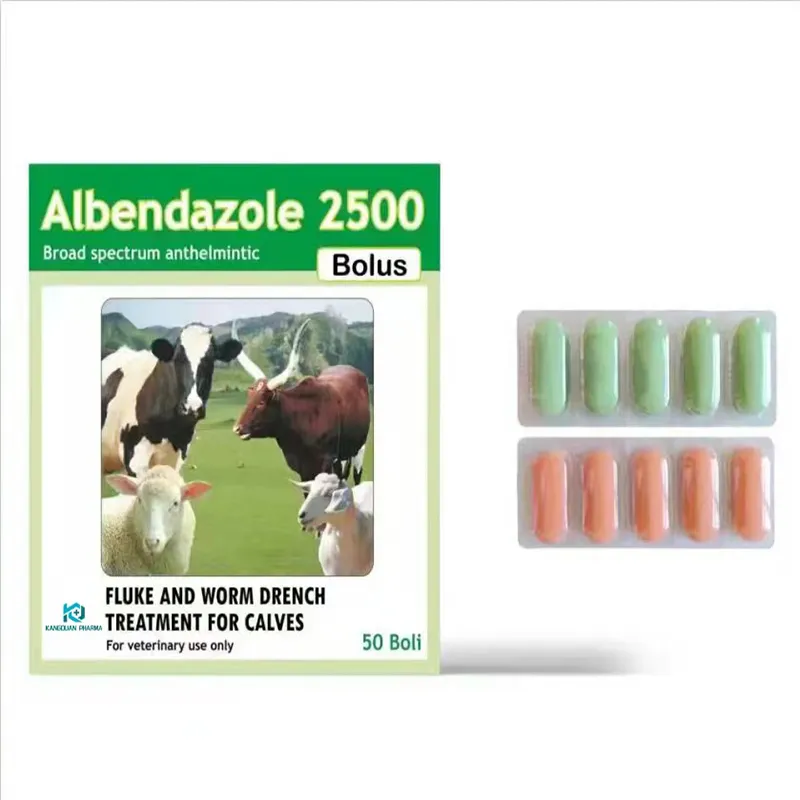- Afrikaans
- Albanian
- Amharic
- Arabic
- Armenian
- Azerbaijani
- Basque
- Belarusian
- Bengali
- Bosnian
- Bulgarian
- Catalan
- Cebuano
- Corsican
- Croatian
- Czech
- Danish
- Dutch
- English
- Esperanto
- Estonian
- Finnish
- French
- Frisian
- Galician
- Georgian
- German
- Greek
- Gujarati
- Haitian Creole
- hausa
- hawaiian
- Hebrew
- Hindi
- Miao
- Hungarian
- Icelandic
- igbo
- Indonesian
- irish
- Italian
- Japanese
- Javanese
- Kannada
- kazakh
- Khmer
- Rwandese
- Korean
- Kurdish
- Kyrgyz
- Lao
- Latin
- Latvian
- Lithuanian
- Luxembourgish
- Macedonian
- Malgashi
- Malay
- Malayalam
- Maltese
- Maori
- Marathi
- Mongolian
- Myanmar
- Nepali
- Norwegian
- Norwegian
- Occitan
- Pashto
- Persian
- Polish
- Portuguese
- Punjabi
- Romanian
- Russian
- Samoan
- Scottish Gaelic
- Serbian
- Sesotho
- Shona
- Sindhi
- Sinhala
- Slovak
- Slovenian
- Somali
- Spanish
- Sundanese
- Swahili
- Swedish
- Tagalog
- Tajik
- Tamil
- Tatar
- Telugu
- Thai
- Turkish
- Turkmen
- Ukrainian
- Urdu
- Uighur
- Uzbek
- Vietnamese
- Welsh
- Bantu
- Yiddish
- Yoruba
- Zulu
Dec . 19, 2024 15:12 Back to list
Veterinary Use of Tylosin Injection for Animal Health and Treatment
Tylosin Injection in Veterinary Medicine Uses, Benefits, and Considerations
Tylosin is a macrolide antibiotic that is widely utilized in veterinary medicine, particularly for its therapeutic properties against a variety of bacterial infections in animals. Its usage primarily extends to livestock, including cattle, swine, and poultry, where it serves as a vital tool for maintaining health and productivity. This article delves into the various applications of tylosin injection, its benefits, and important considerations for its use in veterinary practice.
Overview of Tylosin
Tylosin is often administered via injection or in feed form, exhibiting broad-spectrum activity against various gram-positive bacteria and certain gram-negative pathogens. It operates by inhibiting protein synthesis in bacteria, effectively curtailing their growth and proliferation. Due to its efficacy and relatively low toxicity to animals, tylosin is a favored choice among veterinarians addressing bacterial infections.
Applications in Veterinary Medicine
1. Respiratory Infections Tylosin is particularly effective in treating respiratory diseases caused by bacterial infections in livestock. For instance, it has been used to combat mycoplasma pneumonia in pigs, a condition that can significantly affect growth rates and overall herd health.
2. Gastrointestinal Disorders In addition to respiratory issues, tylosin is commonly used to treat various gastrointestinal infections in animals. This class of antibiotics is beneficial for conditions like enteritis and other digestive tract disorders, ensuring that animals maintain optimal nutrient absorption and growth.
3. Infection Control In poultry, tylosin has proven helpful in managing infections that could arise due to overcrowded living conditions and poor hygiene. It aids in minimizing the risk of diseases that can cause significant economic losses in the poultry industry.
4. Preventive Measures Beyond treating existing infections, tylosin is often employed as a preventative measure in herd management. By adding tylosin to feed, farmers can reduce the incidence of infections within livestock populations, thus improving overall animal health and farm productivity.
Benefits of Tylosin
tylosin injection veterinary

The widespread use of tylosin injection in veterinary medicine can be attributed to several key benefits
- Effectiveness Tylosin's antibacterial properties have made it a reliable choice for treating a variety of infections in animals.
- Rapid Action Tylosin injections can provide quick therapeutic outcomes, enabling veterinarians to address illnesses effectively and efficiently.
- Improved Animal Health By controlling bacterial infections, tylosin enhances animal well-being, leading to better performance in terms of growth, reproduction, and milk production.
- Economic Advantages Reducing the incidence of disease through the use of tylosin contributes to lower veterinary costs and increased productivity, making it a financially advantageous option for livestock producers.
Considerations and Precautions
Despite its benefits, the use of tylosin injections is not without concerns. Responsible usage is critical to minimizing the risk of antibiotic resistance, a growing issue in both human and veterinary medicine. Veterinarians and animal producers must adhere to guidelines regarding dosing, duration of treatment, and withdrawal times prior to slaughter. Additionally, improper use can result in detrimental effects on animal health and the environment.
Moreover, tylosin is banned in some regions for use in food-producing animals due to concerns about antibiotic residues. Therefore, veterinarians must remain up-to-date on regional regulations to ensure compliance and safeguard animal and public health.
Conclusion
Tylosin injection serves as a vital component of veterinary medicine, offering effective treatment options for a range of bacterial infections in livestock and poultry. Its applications, benefits, and crucial considerations highlight the importance of responsible antibiotic use in maintaining animal health and productivity. As with all medications, the key lies in informed and judicious application, ensuring that both animal welfare and public health standards are upheld. By maintaining this balance, the veterinary community can continue to utilize tylosin effectively while addressing the challenges posed by antibiotic resistance.
-
Guide to Oxytetracycline Injection
NewsMar.27,2025
-
Guide to Colistin Sulphate
NewsMar.27,2025
-
Gentamicin Sulfate: Uses, Price, And Key Information
NewsMar.27,2025
-
Enrofloxacin Injection: Uses, Price, And Supplier Information
NewsMar.27,2025
-
Dexamethasone Sodium Phosphate Injection: Uses, Price, And Key Information
NewsMar.27,2025
-
Albendazole Tablet: Uses, Dosage, Cost, And Key Information
NewsMar.27,2025













